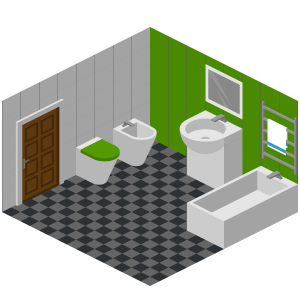Sick Building Syndrome
Not a clinically diagnosable disease. Building occupants experience acute health and discomfort effects which is linked to time spent in the building, but no specific origin of illness […]
Sick Building Syndrome Read More »

Second-hand smoke
Second hand Smoke is a mixture of the smoke given off by the burning of tobacco products, such as cigarettes, cigars or pipes and the smoke exhaled by smokers. Secondhand smoke is also called environmental tobacco smoke (ETS). Passive smoking can lead to coughing, excess phlegm, and chest discomfort. NCI (National Cancer Institute) also notes that spontaneous abortion (miscarriage), cervical cancer, sudden infant death syndrome, low birth weight, nasal sinus cancer, decreased lung function, exacerbation of cystic fibrosis, and negative cognitive and behavioral effects in children have been linked to ETS. Secondhand smoke exposure commonly occurs indoors, particularly in homes and cars. Secondhand smoke can move between rooms of a home and between apartment units.
Guest Bathroom
Central heating and cooling systems and humidification devices
The air filter in your HVAC system is the front line of defense against poor indoor air quality. A typical central heating and cooling system circulates over 1,000 cubic feet per minute of air through the filter. This means the entire air volume in your house passes through the filter multiple times every day. A dirty filter, however, can actually make indoor air quality worse by acting as a reservoir for dirt, dust and other airborne contaminants that are continuously circulated back into your breathing air. In addition to driving up your utility bill, a clogged air filter will allow all that dust and debris that should be filtered out to be re-circulated back into your home. This can cause chronic allergies and especially be dangerous for people with asthma or other respiratory conditions.
